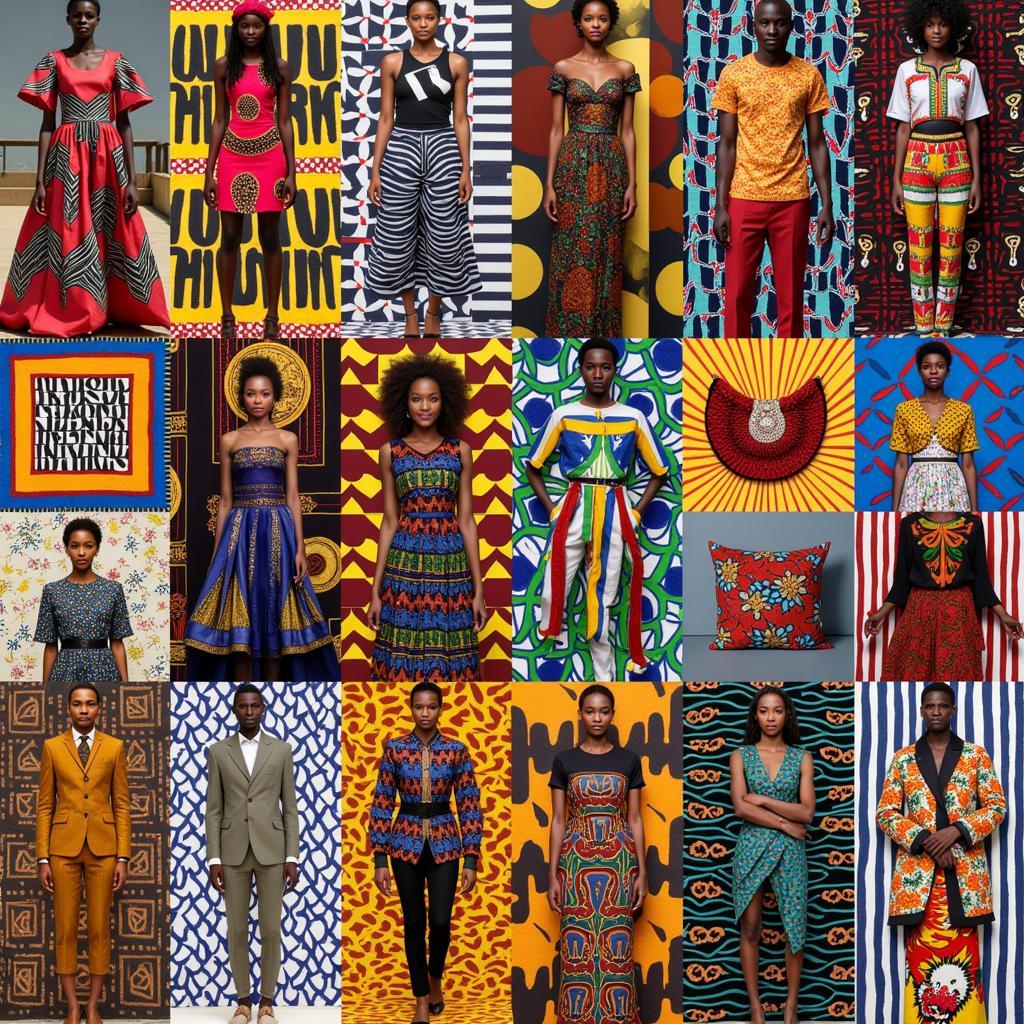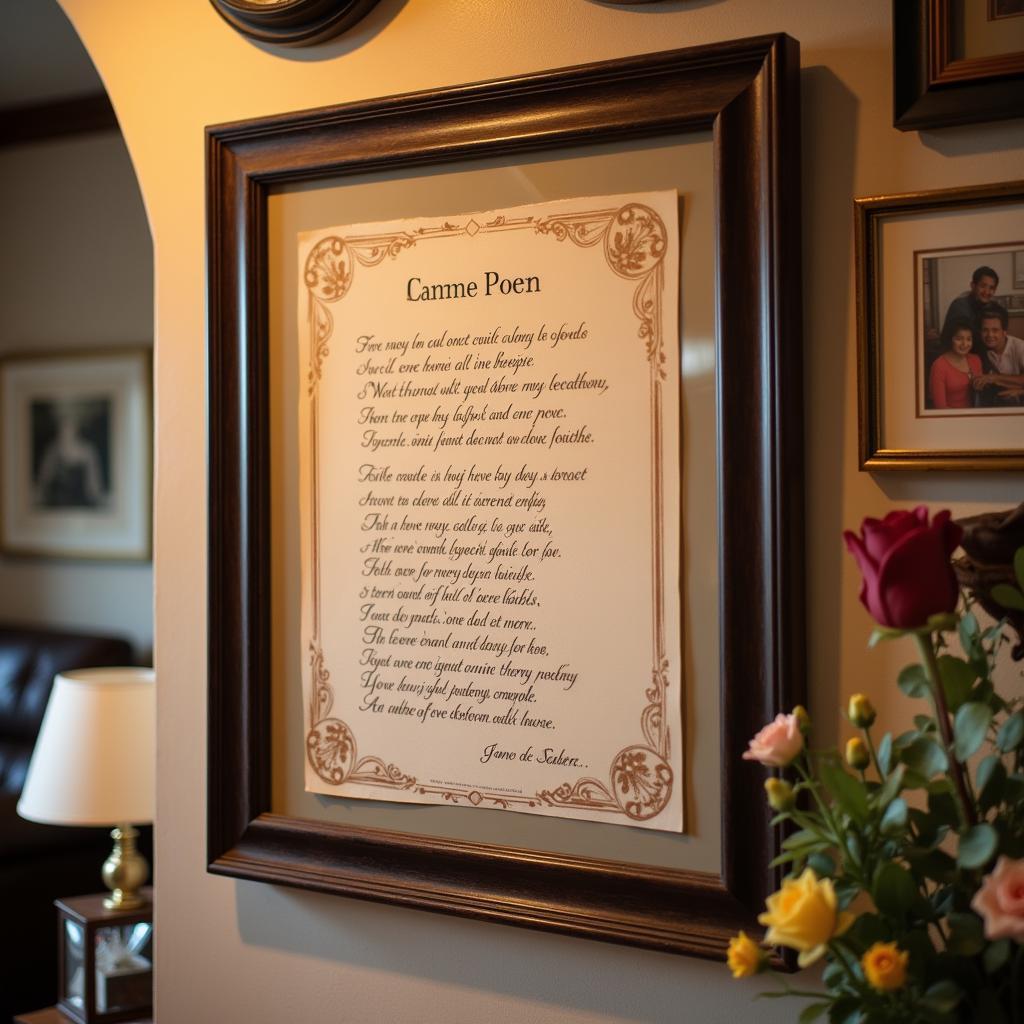Exploring the Evolution of African American Sex Symbols
African American Sex Symbols have captivated audiences for decades, shaping perceptions of beauty and desirability. Their influence extends beyond entertainment, reflecting societal shifts and challenging conventional standards. This exploration delves into the historical context, cultural impact, and evolving representation of these influential figures.
From the early days of Hollywood to the present day, African American men and women have broken barriers and redefined beauty standards. This journey explores the changing landscape of these influential figures, considering the impact of societal shifts and challenging conventional norms. We’ll analyze how historical context and cultural influences have shaped their representation, paving the way for a more inclusive and diverse understanding of beauty.
The Pioneers of Representation: Challenging Early Hollywood Stereotypes
Early Hollywood often relegated African American performers to stereotypical roles, limiting their opportunities to showcase their full potential. However, figures like Josephine Baker defied these constraints, captivating audiences with her talent and charisma. Baker’s international stardom challenged prevailing notions of beauty and paved the way for future generations. Similarly, Paul Robeson, with his commanding presence and powerful voice, became a symbol of black masculinity, challenging the stereotypical portrayals of the time. These pioneers laid the groundwork for a more nuanced and diverse representation of African American beauty.
Here, it’s worth exploring the parallel evolution of literature. Discover more about African language and literature.
The Rise of Blaxploitation and its Complex Legacy
The Blaxploitation era of the 1970s presented a complex and often contradictory portrayal of African American sexuality. While it provided opportunities for black actors to take on leading roles, it also often reinforced hypersexualized stereotypes. Figures like Pam Grier and Fred Williamson became iconic figures of this era, navigating the complexities of representation and challenging the limitations imposed upon them. This period sparked important conversations about the power of on-screen representation and its potential to both perpetuate and subvert existing stereotypes.
The Music Industry’s Influence: Shaping Perceptions of Beauty
The music industry has played a significant role in shaping perceptions of African American sex symbols. From the soulful crooners of the Motown era to the hip-hop artists of the present day, musicians have used their platforms to challenge conventional beauty standards and celebrate black beauty. Figures like Marvin Gaye and Diana Ross became iconic not only for their musical talent but also for their style and charisma, influencing fashion trends and redefining what it meant to be desirable.
Learn more about the rich tradition of African English poets.
Beyond the Binary: Expanding Definitions of Desirability
Contemporary representations of African American sex symbols are increasingly challenging the binary notions of masculinity and femininity, embracing a more fluid and inclusive understanding of beauty. Figures like Billy Porter and Janelle Monáe are challenging gender norms and redefining what it means to be sexy and desirable. This shift reflects a broader societal movement towards greater acceptance and celebration of diversity in all its forms.
The Power of Social Media: Amplifying Voices and Challenging the Gaze
Social media has empowered individuals to challenge the traditional gatekeepers of beauty and define their own narratives. Influencers and content creators are using platforms like Instagram and TikTok to celebrate diverse body types, skin tones, and hairstyles, promoting self-love and challenging the Eurocentric beauty standards that have long dominated the media. This democratization of beauty is empowering a new generation of African American sex symbols to embrace their individuality and redefine what it means to be desirable.
Conclusion: Embracing Diversity and Redefining Beauty
The evolution of African American sex symbols reflects a broader societal shift towards greater inclusion and acceptance. From challenging early Hollywood stereotypes to embracing fluidity and challenging the male gaze, these influential figures have played a crucial role in redefining beauty standards. As we continue to embrace diversity and celebrate individuality, the representation of African American sex symbols will undoubtedly continue to evolve, reflecting the ongoing conversation about beauty, desirability, and representation. African American sex symbols have played, and continue to play, a pivotal role in shaping perceptions of beauty and desirability.
Sadly, history hasn’t always been kind. Discover more about African American slavery facts.
For those interested in expressing their cultural pride, check out African American zodiac tee shirts. Also, learn more about the fascinating history of an African king with white wife.
FAQ:
- Who are some of the most influential African American sex symbols of all time?
- How has the representation of African American sex symbols changed over time?
- What role has the music industry played in shaping perceptions of African American beauty?
- How are social media platforms empowering a new generation of African American sex symbols?
- What are some of the challenges that African American sex symbols still face today?
- How have these figures contributed to a more inclusive understanding of beauty?
- What can we expect to see in the future of African American representation in media?
Common Scenarios and Questions:
-
Scenario: A young person is struggling with body image issues due to the narrow representation of beauty in the media.
-
Question: How can I embrace my own unique beauty and challenge unrealistic beauty standards?
-
Scenario: A filmmaker is looking to create a more nuanced and authentic portrayal of African American characters in their upcoming project.
-
Question: How can I avoid perpetuating harmful stereotypes and create a more positive and empowering representation?
Further Exploration:
Consider exploring related topics such as the impact of colorism on beauty standards, the role of fashion in shaping identity, and the intersection of race, gender, and sexuality in media representation.
If you need further support, please contact us:
Phone: +255768904061
Email: kaka.mag@gmail.com
Address: Mbarali DC Mawindi, Kangaga, Tanzania.
We have a 24/7 customer support team available to assist you.




